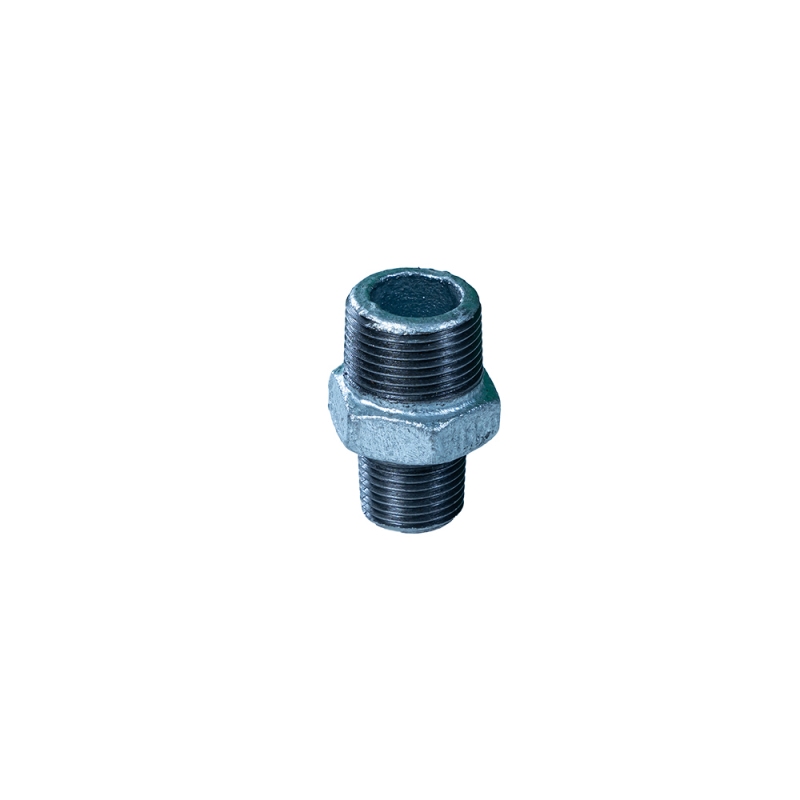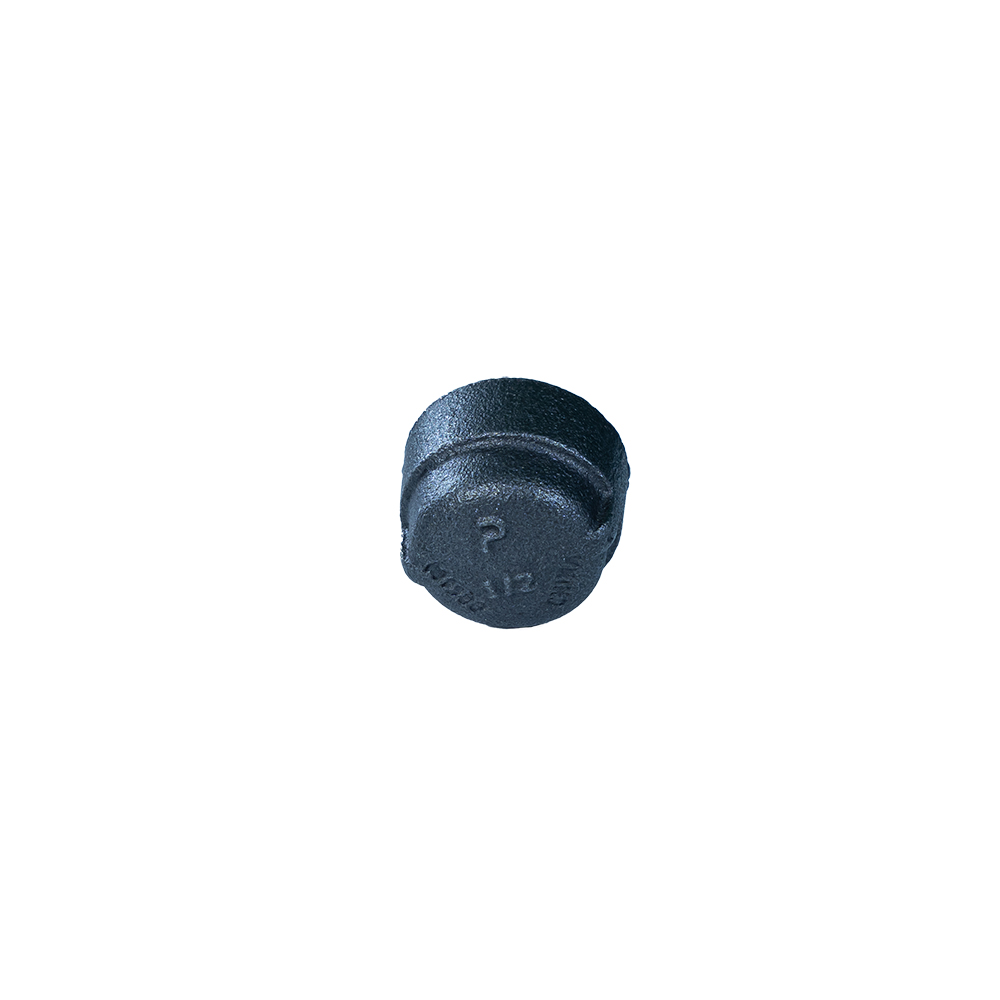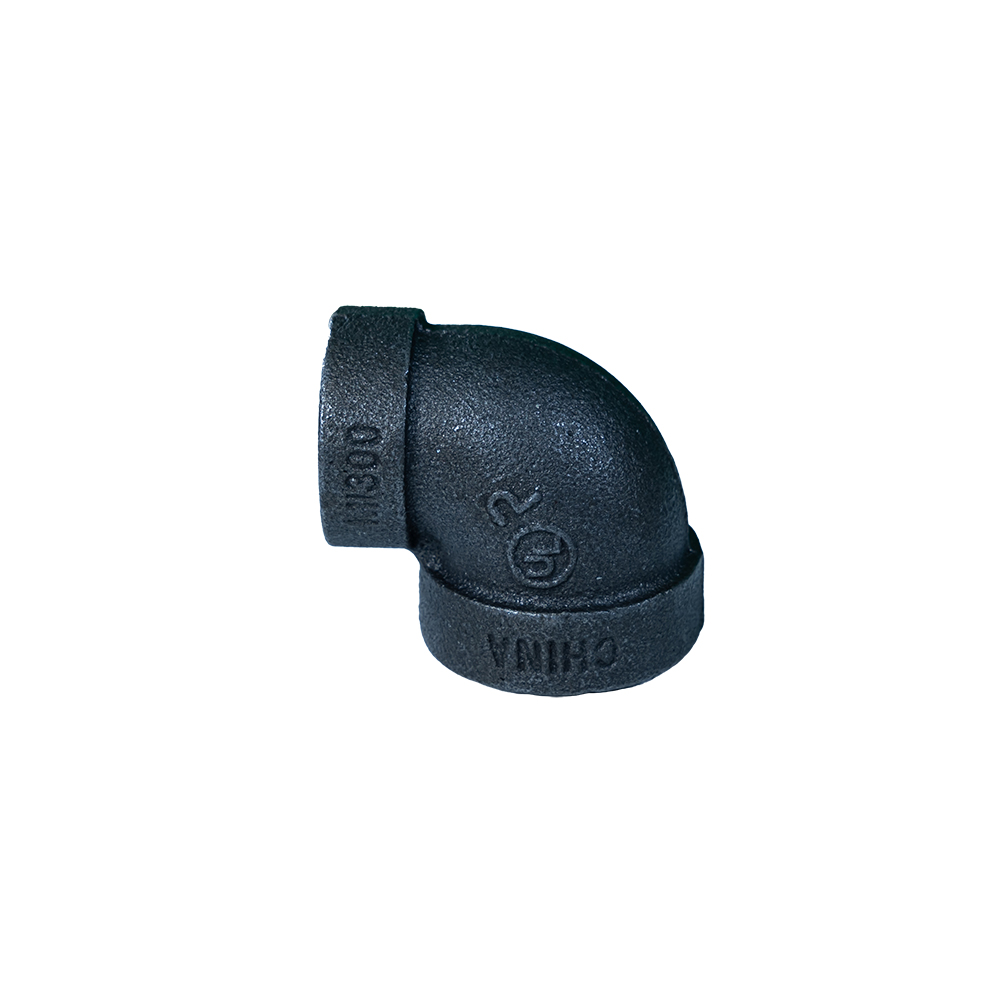Understanding Pipe Union Fittings: Why They Matter Globally
If you've ever dealt with piping systems—whether in industrial plants, water supply networks, or even residential plumbing—you've likely come across pipe union fittings. But why do they matter beyond just “connecting pipes”? From urban infrastructure to remote humanitarian projects, these small but mighty components play a crucial role worldwide. Understanding pipe union fittings not only helps engineers and contractors but also anyone interested in sustainable infrastructure development, disaster relief logistics, or industrial innovation. They enable quick, secure connections and disconnections, dramatically simplifying maintenance and adaptation in critical systems.
Mini takeaway: Pipe union fittings are unsung heroes in piping solutions, essential for flexibility and efficiency in global infrastructure.
Global Context: The Expanding Role of Pipe Union Fittings
The International Organization for Standardization (ISO) estimates that over 10 billion meters of piping systems are installed annually worldwide in industries ranging from petroleum to water sanitation (ISO). The growing population, urban expansion, and climate change-related challenges push for quicker installation and repair of piping networks—making the versatility of pipe union fittings indispensable.
Consider the water supply networks in megacities: leakages or damage in pipes can disrupt entire communities. Here, the efficiency of installing or replacing pipe union fittings has a direct impact on health and wellbeing. Humanitarian organizations like the UN’s World Food Programme also rely on these fittings for rapid deployment when setting up emergency water systems in disaster zones.
Still, many infrastructure projects wrestle with maintenance downtime caused by rigid pipe connection methods—pipe union fittings offer a compelling solution to this pain point, reducing labor hours and costs significantly.
Mini takeaway: Across sectors, the adaptability of pipe union fittings addresses critical infrastructure challenges worldwide, from urban utilities to emergency responses.
What Exactly Are Pipe Union Fittings?
Simply put, pipe union fittings are mechanical devices used to connect two pipes so that they can be easily assembled or separated without causing deformation. Unlike permanent joints such as welding, unions create a removable connection, usually involving a nut and threaded ends that tighten on a gasket or an O-ring to ensure a leak-proof seal.
They’re not just practical; they’re vital for modern industry and humanitarian work alike. Without them, routine repairs, replacements, or modifications could mean cutting pipes, which is time-consuming and resource-intensive—imagine the cost and disruption.
Mini takeaway: Pipe union fittings offer a non-permanent but very reliable way to connect pipes, supporting rapid, flexible maintenance.
Key Features of Pipe Union Fittings
Durability
Pipe unions are manufactured using materials like stainless steel, brass, or special alloys to withstand pressure, corrosion, and temperature variations. Durability means fewer replacements and lower long-term costs, especially critical in high-stress environments such as chemical plants.
Ease of Installation
One of their defining perks is straightforward installation. Without needing specialized welding or soldering tools, unions speed up site work, allowing even less-experienced technicians to manage connections safely.
Cost Efficiency
While the initial cost may be slightly higher compared to simple couplings, the ability to disassemble pipes reduces labor and downtime costs considerably over the pipeline's lifetime.
Scalability & Flexibility
Industries evolve; demands change. Screen unions easily accommodate system expansions or reconfigurations without massive disruption—particularly useful in fast-growing sectors like renewable energy.
Pressure & Leak Resistance
Quality unions meet stringent international standards ensuring they hold under high pressures and prevent leaks—critical when handling hazardous fluids or gas.
Compatibility
These fittings integrate with various pipe materials—steel, PVC, copper—making them versatile across industrial and residential sectors.
Mini takeaway: When choosing pipe union fittings, balance durability, installation ease, and cost to fit your application’s needs.
Where Pipe Union Fittings Shine Around the World
From bustling industrial hubs in Germany to remote irrigation projects in sub-Saharan Africa, pipe unions prove their worth. For instance:
- Industrial manufacturing: Germany's automotive factories leverage steel-union fittings for modular assembly lines, allowing quick retooling.
- Post-disaster relief: In Southeast Asia, NGOs use unions to assemble emergency water and sanitation supplies following typhoons, speeding up restoration.
- Oil and Gas: The Middle East extensively applies unions in pipelines, facilitating maintenance in harsh environments without extensive shutdowns.
- Urban plumbing systems: North American cities retrofit aging water networks with unions to simplify future upgrades.
Mini takeaway: Their adaptability makes pipe union fittings favored globally, in intensive industrial zones or life-saving humanitarian missions alike.
Advantages and Lasting Value of Using Pipe Union Fittings
The benefits are multi-layered:
- Cost savings: Less labor time during installation and repair means more budget for other priorities.
- Sustainability: Reusability reduces material waste, aligning with green construction practices.
- Reliability & Safety: Leak prevention safeguards both workers and the environment.
- Social impact: Faster infrastructure fixes restore services quicker, supporting community wellbeing and dignity.
- Innovation: The ease of scaling and modifying piping networks fuels industrial agility.
Many engineers I've spoken with note that selecting top-tier pipe union fittings feels like a long-term investment in operational confidence. It's not glamorous, I know, but extremely practical. Kind of like choosing durable shoes over flashy ones.
Looking Ahead: Future Trends in Pipe Union Fittings
As the world moves toward sustainability and smart infrastructure, pipe union fittings are evolving too. Innovations include:
- Advanced materials: Composites and corrosion-resistant alloys designed for cleaner energy sectors.
- Smart sensors integration: Embedded leak detectors and pressure monitors providing real-time data.
- Digital fabrication: Custom unions 3D printed on-site for rapid prototyping or emergency repairs.
- Policy push toward greener infrastructure: ISO and similar bodies are tightening standards, encouraging sustainable fitting designs.
Technological advances are not just about rushing work but enhancing sites’ longevity and environmental responsibility.
Challenges and How the Industry is Tackling Them
Despite their many benefits, pipe union fittings come with challenges:
- Potential cost barriers: Upfront investment can deter small firms or NGOs with tight budgets.
- Material limitations: Some environments still require specialized corrosion resistance hard to achieve in off-the-shelf unions.
- Skill gaps: Though easier than welding, correct fitting still requires knowledge to avoid leaks.
Experts suggest training programs, modular kits, and collaborative supplier partnerships as key solutions. I’ve noticed companies increasingly bundle installation services with fittings themselves — a neat way to bridge knowledge gaps.
FAQ: Everything You Wanted to Know About Pipe Union Fittings
- What’s the main difference between pipe union fittings and couplings?
- Pipe unions are designed for easy disassembly and maintenance, usually featuring a nut to separate sections. Couplings typically form permanent or semi-permanent joints and aren't meant for frequent removal.
- Can pipe union fittings handle high-pressure systems?
- Yes, many unions are rated for high-pressure applications, but it's critical to select fittings that meet your system's specific pressure, temperature, and chemical resistance requirements.
- Are pipe unions suitable for both metal and plastic pipes?
- Generally, unions are compatible with multiple materials, though fitting types and seal designs vary. Always confirm with manufacturer specs to ensure compatibility.
- How often do unions need maintenance once installed?
- Properly installed unions are low maintenance, but periodic inspection—especially for leaks or corrosion—is recommended, typically annually or as per operational conditions.
- Is it possible to customize pipe union fittings for specialized industrial needs?
- Definitely. Many vendors offer custom sizes, materials, and sealing mechanisms to meet specialized industries like pharmaceuticals, petrochemicals, or food processing.
Technical Specifications at a Glance
| Parameter | Typical Range | Comments |
|---|---|---|
| Material | Stainless Steel, Brass, Carbon Steel | Varies with application environment |
| Size Range | 1/8" to 24" diameter | Custom sizes available on request |
| Pressure Rating | Up to 6000 PSI | Dependent on material and seal type |
| Temperature Range | -60 °C to 260 °C | Higher ranges with specialty alloys |
| Seal Type | PTFE, Graphite, NBR | Chosen as per fluid type |
Comparing Leading Vendors of Pipe Union Fittings
| Vendor | Material Range | Customization Options | Global Reach | Certification Standards |
|---|---|---|---|---|
| GlobalPipe Co. | Stainless Steel, Brass | High – Custom sizes and seals | 100+ Countries | ISO 9001, ANSI, API |
| UnionTech | Carbon Steel, Alloy 20 | Medium – Standard catalog with some mods | North America, Europe | ISO 14001, CE |
| PipeMate Ltd. | Brass, PVC (plastic options) | Low – Mainly off-the-shelf | Asia, Oceania | ISO 9001 |
Conclusion: Why Invest in Quality Pipe Union Fittings?
It's tempting to overlook components like pipe union fittings — small parts tucked away in complex systems. Yet, when you consider their ability to save time, reduce costs, increase safety, and support sustainability globally, their value becomes undeniable. Whether you’re managing a sprawling industrial facility, working on urgent water projects in disaster zones, or upgrading urban utilities, pipe union fittings can make your job simpler and your infrastructure more resilient.
For those looking to explore options or place orders, I’d recommend starting with trusted suppliers who understand your specific needs—after all, the right pipe union fitting can be the linchpin of a well-oiled system.
Visit pipe union fittings for detailed product information, expert advice, and service options designed to keep your projects moving smoothly.
References
Post time: Nov-22-2025









